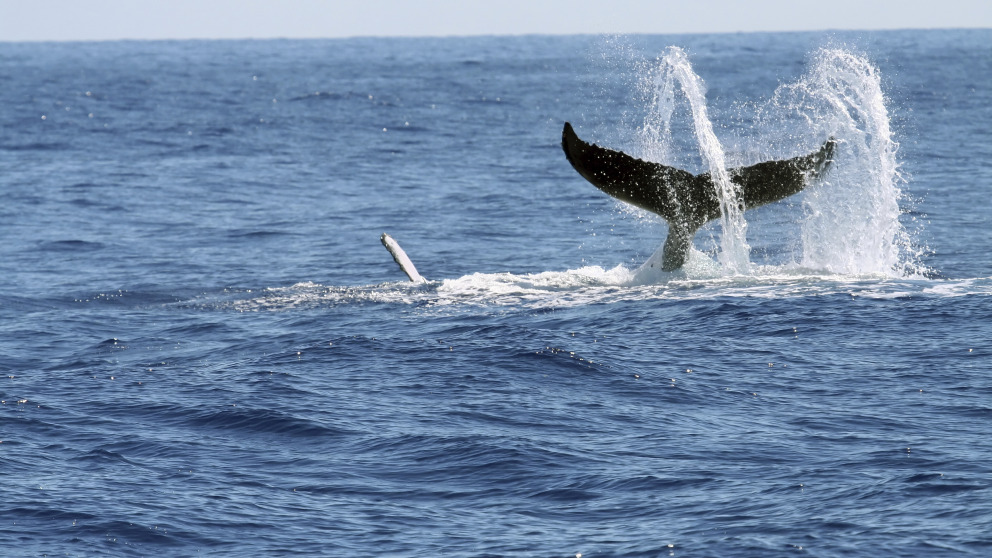Ocean Action in the Southeast Pacific: Study Recommends Greater Regional Cooperation
22.02.2018

At the UN negotiations, the focus will be on four topics: region management, assessing the environmental impacts of human activities, the handling of marine genetic resources, capacity building, and transferring ocean technologies. In their study, Carole Durussel (IASS), Eulogio Soto Oyarzún (University of Valparaíso, Chile) and Osvaldo Urrutia S. (Pontifical Catholic University of Valparaíso, Chile and the Victoria University of Wellington, New Zealand) look into which institutions are involved in the high seas within the Southeast Pacific region, how they work on these four topics, and how they currently cooperate. They show that these organisations could better protect the high seas even before an international treaty is signed by means of closer cooperation and improved legal frameworks.
Better cooperation with the joint work programmes and the development of scientific criteria
“In this region with the countries of Chile, Ecuador, Peru, and Columbia, three organisations have a mandate for the high seas. But they hardly ever work together even though they complement each other topically,” explains lead author Carole Durussel. For instance, the Inter-American Tropical Tuna Commission (IATTC) covers the sustainable use of highly-migratory fish (such as tuna), while the South Pacific Regional Fisheries Management Organisation (SPRFMO) is responsible for non-highly migratory fish species. In contrast, the Comisión Permanente del Pacífico Sur (CPPS) promotes regional cooperation among its member states for ocean policy, the use and preservation of ocean resources, ocean protection, and regional scientific research.
The authors recommend various cooperation mechanisms, such as the creation of a working group between the three institutions so that collective approaches can be developed for identifying and implementing these four topics, including the development of joint work and observation programmes along with scientific criteria. Formal cooperation agreements could also be created. They also find that a joint scientific knowledge base would be crucial for the region as a basis for sound decision-making; it would also ensure that information is shared and capacity built up between the three regional institutions.
The regional level plays a crucial role in protecting biodiversity on the high seas and ensuring sustainable use, emphasises Durussel. She adds, based on experience, that regional cooperation facilitates the signing of legal obligations and political rapprochement in other policy fields. In this way, regional cooperation alliances play an important role in more efficiently solving major challenges in ocean action in the long run.
Durussel, C., Soto Oyarzún, E., Urrutia S., O. (2017): Strengthening the legal and institutional framework of the Southeast pacific: Focus on the BBNJ package elements. - International journal of marine and coastal law, 32, 4, pp. 635–671